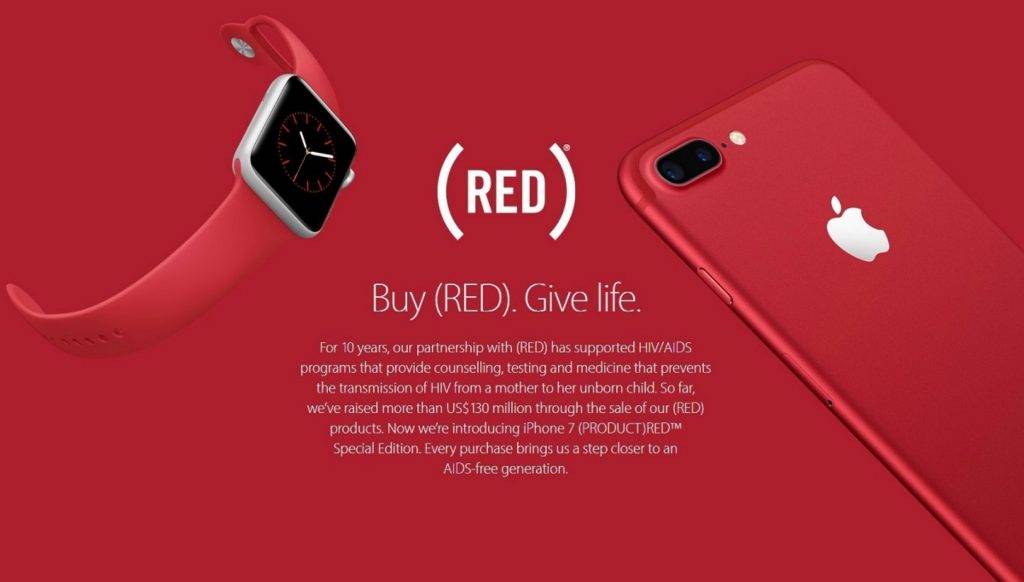Nonprofit Marketing Strategies
To an extent, nonprofit and for-profit organizations have a lot of similarities when it comes to putting themselves out there, i.e., marketing themselves, since their main goal is attracting the attention of their target customers to advertise their products. However, the big difference is that while nonprofit organizations are usually for good causes and donations, for-profit organizations are always in it for the money-making; their investors and company heads are constantly looking for ways to grow their ideal greens. On the other hand, a nonprofit organization is quite different in the sense that they market their cause to volunteers and donors that are in it either for the self-fulfillment, or the genuine spirit of generosity.

Ever saw those commercials on TV? The ones about certain products and services that take a portion of the income the company generates from them that is used to help the poor or clean the world or feed the hungry? This is called cause-related marketing, what this setup is, is that it incentivizes a company to “fund a cause.” This is usually done by a company providing revenue to a nonprofit organization through income-generating projects.
The most prominent and possible benefits of cause-related marketing for a business and a nonprofit include the following:
1. For the Business

- Positive public relations and employee morale
- Improved customer relations and brand loyalty
- Added marketing opportunities
- More $$$
2. For the Nonprofit Organization:

- Greater financial resources for promoting a cause
- Ability to reach more supporters from the business’s customer base
- Exposure and reliability born from a trusted brand
In turn, cause-related marketing is subdivided into the following campaigns:

- Product sales – Companies sell specially marked products relating to the cause with a portion of the profit going to the nonprofit organization
- Nonprofit logo or brand licensing – Nonprofit organizations grant brand licensing for promotional items that feature the partnered company’s logo or brand and provides certification or recommendation for such products.

- Events and programs – Co-branding an event or a program like a “walk for a cause” and other events are examples of this category in cause-related marketing that is popular and widely accepted.

- Point of purchase– One of the more popular campaigns is the point of purchase since it comes in many forms with the most common being customers adding donations as part of their bill that the store can give to the partnered nonprofit organization, or having people physically put their donation into a container near the cashier with a short description of the cause.
A few famous examples for cause-related marketing campaigns include the following:

- Nike’s Livestrong bracelets with Lance Armstrong for cancer fund raising
- Dove’s campaign for real beauty for Dove’s Self-Esteem fund

- Product (Red) by U2’s Bono and Bobby Shriver for AIDS, TB, and malaria
- Yoplait’s ‘Save Lids to Save Lives’ for breast cancer
Ad Grants Program from Google

Thankfully, Earth’s largest search engine does not require you to pay for advertising if you’re a nonprofit organization. Google provides advertisement grants to nonprofit organizations using the pay per click (PPC) marketing system. This, however, does have its limits but hey at least it’s free right?
Video Marketing

One of the greatest strategies to getting people’s attention to your cause is by awakening their deep and hidden emotions through a compelling video. The proliferation of videos across multiple media channels can help create awareness for your nonprofit organization’s cause through your viewers’ want to spread the word. In fact, with new technological advancements, all you need to create amazing videos is a dash of creativity, a tablespoon of purpose, and one-whole smartphone stuffed with gigabytes of memory storage and high-resolution cameras.
Content Marketing

By creating meaningful marketing content that helps relate your cause to target audiences, you increase the chances of your purpose being shared across different social media platforms. This, of course, entails spending a bit of cash on getting the message across. It does not have to be that expensive, however, and could be achieved with as little as $5 a day.
Email Marketing
 [ns_row clas
[ns_row clas
When done right, email marketing can provide you with more revenue than the cost of its upkeep. By telling a compelling story, providing vivid images, and making sure your text is simple, and in digestible chunks of information, readers will be much more willing to read your article and increase your chances of an engagement or actual conversion.
Speaking Engagements

Do not underestimate the power of public speaking; it is one of the most powerful tools a nonprofit marketer can utilize to hammer home the point. Getting invited to speak in major events means that these talks will most likely be recorded and end up on multiple social media platforms — and when people are convinced, they share the content. Imagine a web of shares, likes, reposts, and publicity that all came from one event where you shared your cause to an audience.
Donate Now Button

Fun fact: more than 20% of the world uses Facebook. In the U.S. alone, more than half of the people there use it more than a couple of times a day. These are big numbers that should be considered when advertising your nonprofit organization. And even though the process to be able to open up your own Facebook page that can accept donations is meticulous for security purposes, it can be a great way to make revenue considering the staggering number of online users on this media platform.
Being a nonprofit org doesn’t limit your marketing efforts. In fact, some individuals are more interested in a cause for the greater good than merely business-oriented profit-makers. By having a purpose, people are motivated to be philanthropists in their own way, which can give a feeling of satisfaction on their part, knowing that they are spending money on something good.
Coming Up with Nonprofit Marketing Strategies
There are certain tips you can do to start or improve your marketing strategies. Here are a few you can try:
Identifying the Target Market

The first thing you need to consider when formulating your nonprofit marketing strategies is to identify the market you can most successfully promote your cause. Certain characteristics of the target market, such as age, income, education level, and many more should be taken into account. Knowing the interests and inclinations of your target market help in the development of an effective marketing strategy.
Identifying Marketing Methods

Deciding on the correct strategy for efficient marketing is key to a successful advertisement, but do take note that most strategies involve a combination of different methods and platforms to achieve your marketing goals. However, remember to review the strategies you employ since not every method in the book will work for you.
Partnering
 mentioned before, one of the most effective strategies is to partner with a for-profit organization as this benefits both of you to an extent; you get money and funding, and they get more customers and revenue — a win-win.
mentioned before, one of the most effective strategies is to partner with a for-profit organization as this benefits both of you to an extent; you get money and funding, and they get more customers and revenue — a win-win.
Online Donations

Any nonprofit organization needs to utilize multimedia sites to receive donations from visitors — potential donors can then just click on the donate now button and process the transaction immediately.
Showcase Donation Proceeds

All nonprofit organizations need to show where all the donations go and how they’re being spent. Showing transparency helps build trust from your donors and assures that their efforts in continually supporting your cause are being spent properly and justly.
Nonprofit marketing strategies are often tricky and require more than a few trials and errors to find the formula that fits your nonprofit organization. It is highly recommended to do research and try to find out what best suits your business plan since a nonprofit marketing plan shouldn’t be made up of halfhearted decisions that would shake your convictions. Be confident and believe in the cause you are trying to promote if you want your purpose to succeed, produce more donors, or have more following.
Convincing others to join your cause is never as easy as it sounds — often, it would be like planting a seed. You would have to toil and labor to reap the benefits of your efforts. However, there is no effort more worthwhile than that of a cause that you have deep faith in.


